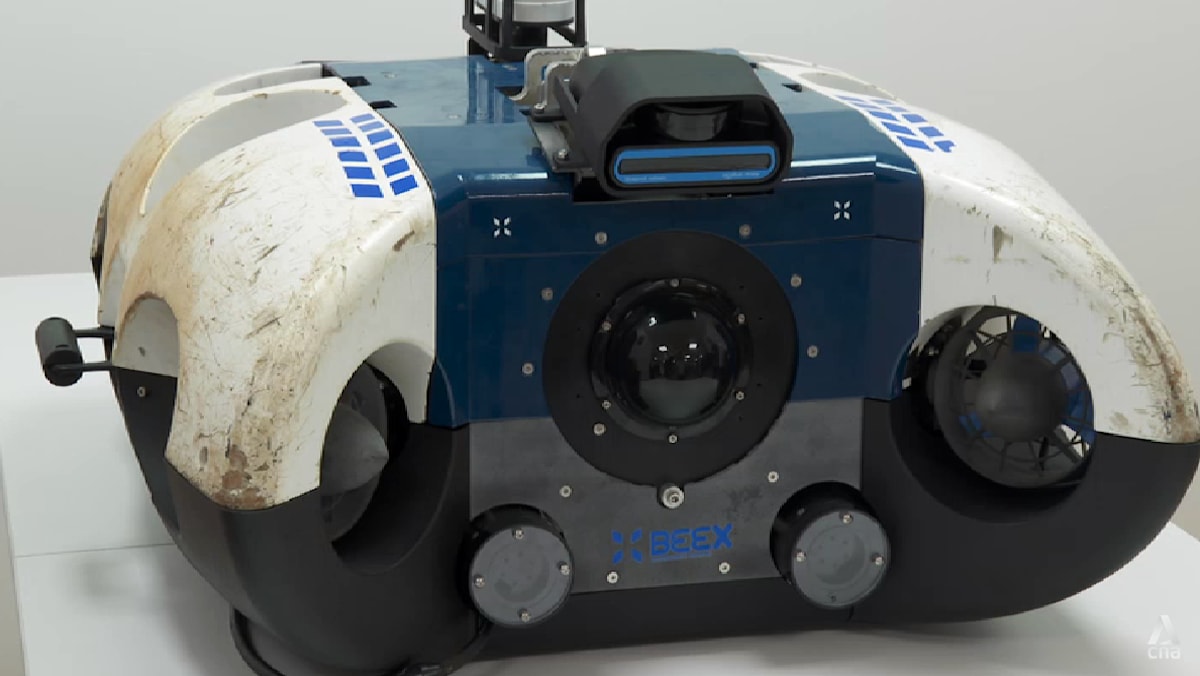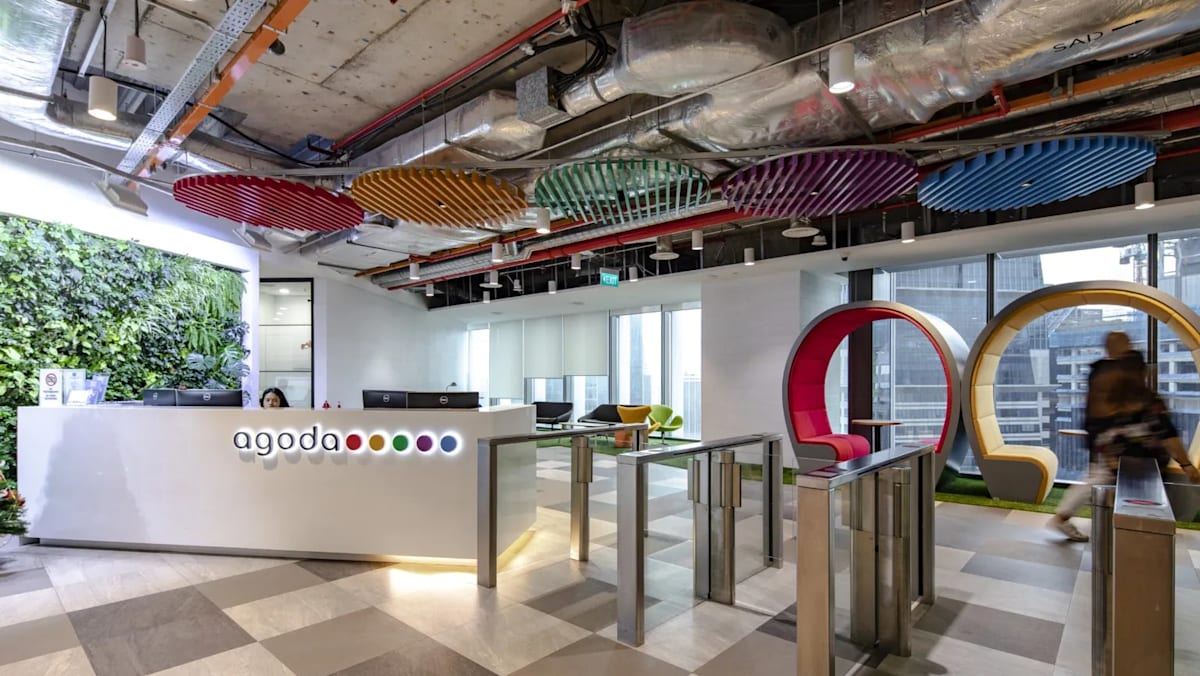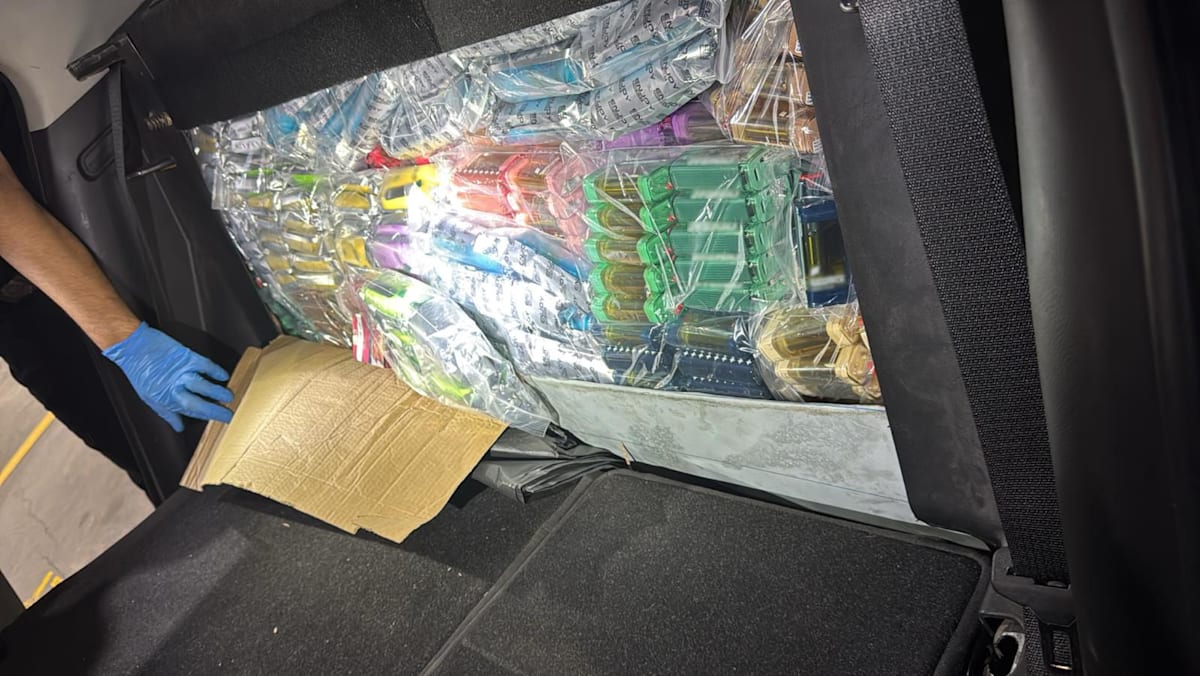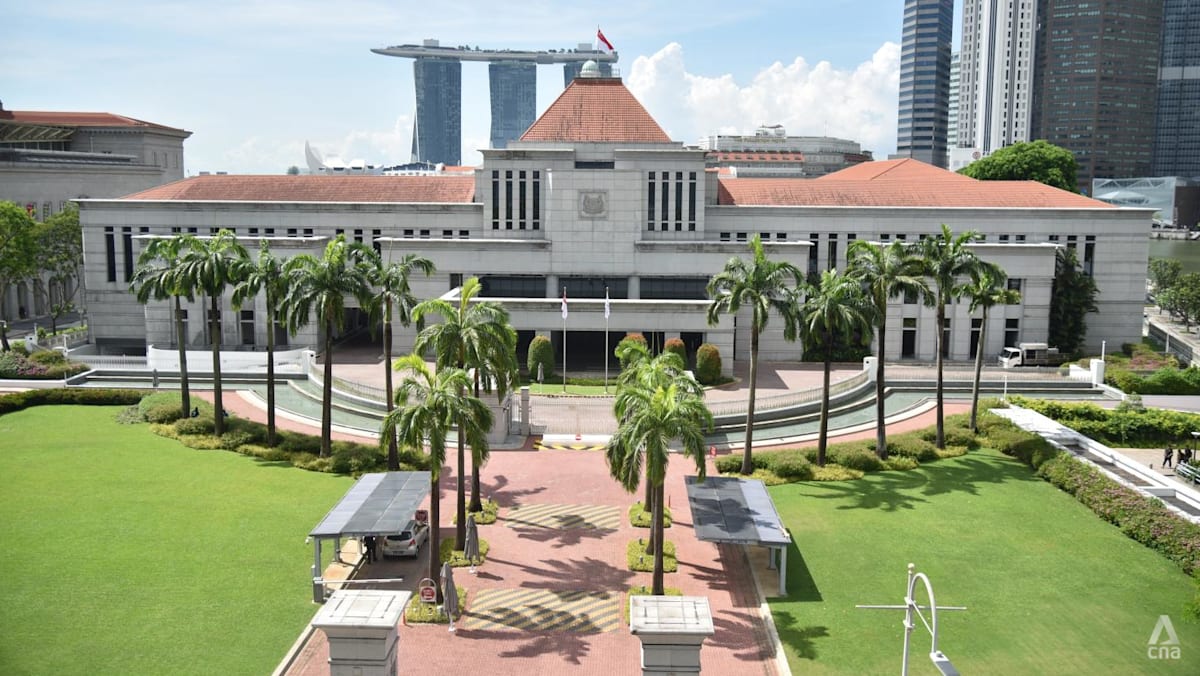FIGHTING CLIMATE CHANGE
The newly-awarded projects will last for about three years, with funding provided throughout the course of the projects.
The team behind the underwater robot, already used globally, will adapt it for Singapore’s waters using the new funding.
“This vehicle is already very advanced, and it’s equipped with cameras and sonar, which are the ears and eyes, to observe the structures from a distance,” said Assistant Professor Geng Guoqing from the National University of Singapore’s Department of Civil and Environmental Engineering.
“But in order for us to understand the condition or the further degradation process of (underwater structure) material, this equipment must be able to touch it,” he added.
“That’s why we want to add hands and arms to the vehicle, (so that it) is able to measure the infrastructure with close-contact touch.”
Dr Geng, the team’s principal investigator, noted that with this automated tool, it will be possible to carry out inspections reliably across different weather and seawater conditions ”to efficiently measure the properties or the health conditions of our infrastructures”.
Meanwhile, there are ongoing projects under CFI Singapore.
One involves filling tubes made out of natural fibres with industrial waste to form barriers that prevent shore erosion, offering a more environmentally friendly alternative to concrete seawalls.
“When sea levels rise, some of the beach areas will be submerged underwater – this will cause greater erosion of the coastal areas,” said Professor Chu Jian, chair of Nanyang Technological University’s School of Civil and Environmental Engineering and principal investigator of the project.
“To prevent coastal erosion, and at the same time to allow the beach to elevate a little bit, we can put a barrier in to allow soil to accumulate,” he added.














